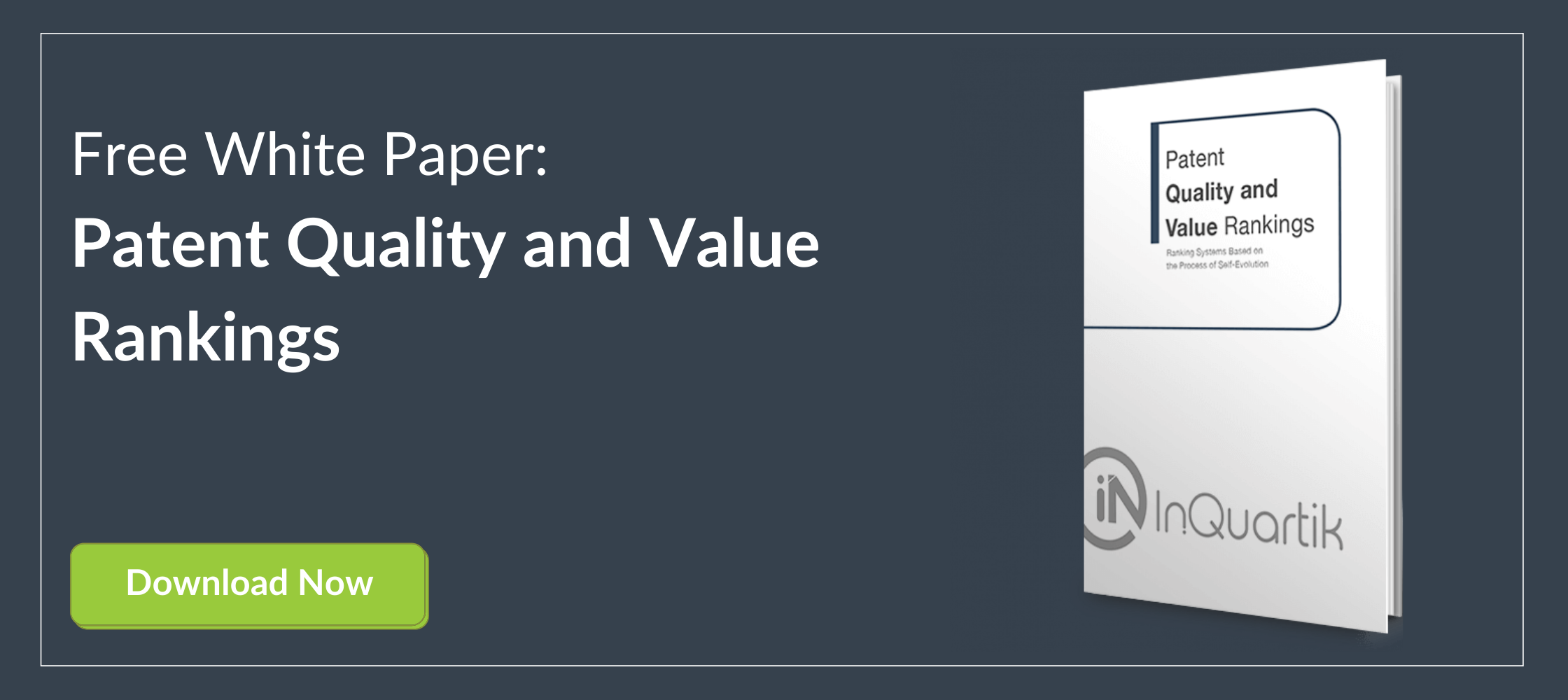Part V — Quality and Value Aspects in Analytics
In addition to acting as filters for quantity-based intelligence or resource allocation, the Patent Quality and Value Rankings can provide further benefits in several phases of the patent life cycle (PLC), including:
- Research and development;
- Patent prosecution and management;
- Patent monetization.
The rankings can also be useful in stakeholder evaluation efforts such as inventor analysis and patent practitioner assessment.
Scenario 4: Patent Value in State-of-the-Art Searches
In a State-of-the-Art search, while it is important to analyze the references, it is also essential to evaluate related inventors and companies.
Researchers traditionally adopted an approach that is similar to the academic one by starting from the most-cited references.
If significant references were found, researchers may then have been able to find more references to the same inventors and companies.
In a more commercialized and competitive field, practitioners may focus on the latest activities and publications by the leading players.
It should be noted that it usually takes a considerable effort to summarize the individually collected references and compare them.
What’s more, both the citation data and the latest publications may have their respective biases: patent citation data, for example, is not as regulated as academic papers (except for the Information Disclosure Statement, there are almost no formal rules or penalties for patent citations, and the citation data is also limited to the search capability of applicants and examiners).
Patentcloud’s Patent Value Ranking can serve as a filter to separate the signal from the noise and provide a quick evaluation of inventors and applicants.
For example, for evaluating the main applicants and inventors related to the OLED display cell optical design electroluminescence (EL) with color filter (CF) solution in the last 5 years, we can examine the distribution of the Patent Value Ranking for each applicant and inventor.
Although there may be a higher number of key inventors in SEMICONDUCTOR ENERGY LABORATORY, after looking at the Patent Value Ranking distribution it becomes clear that either APPLE, QD VISION, or UNIVERSAL DISPLAY may have key inventors with patents of higher value:
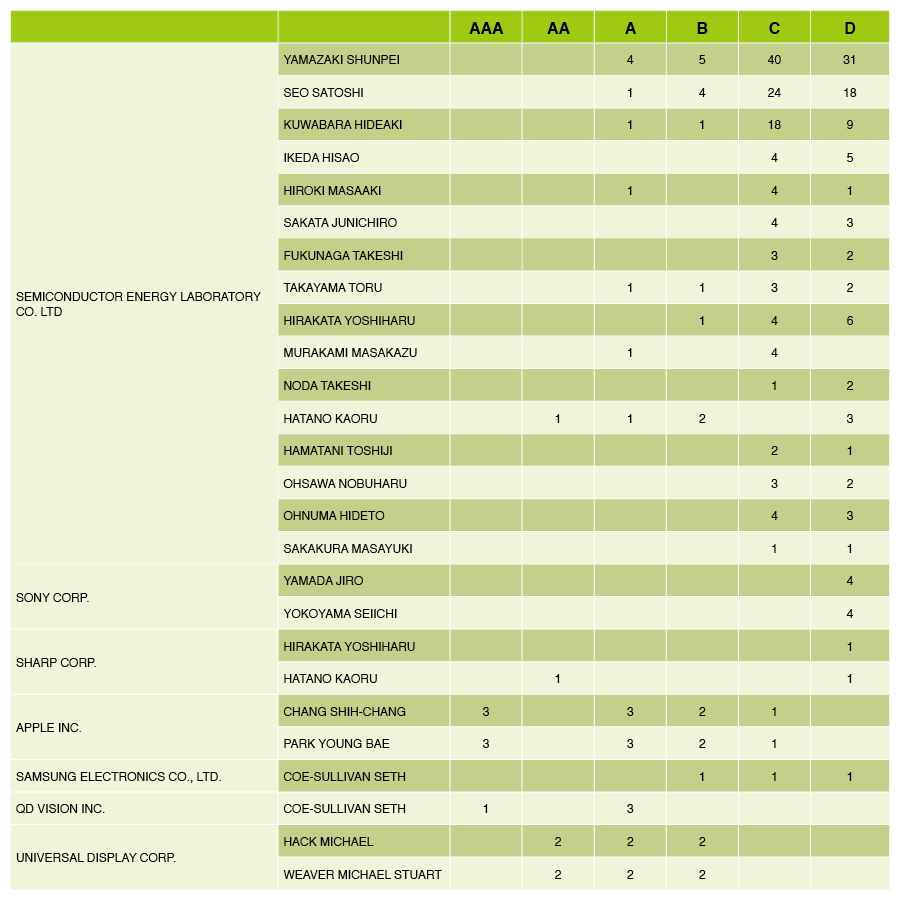
Scenario 5: Patent Quality in Patent Clearance Search
As mentioned above, the Patent Quality and Value Rankings can help practitioners setting priorities and narrowing down the scope of patent clearance searches, especially in markets with offensive patent holders.
For example, after the 3GPP 5G New Radio (NR) standard was released (Release 15), each standard contributor started declaring its SEPs.
Monitoring patent risk is the key for vendors seeking opportunities in the 5G technology field. As shown below, there are 3,088 US active and pending 5G SEPs declared from 3GPP:
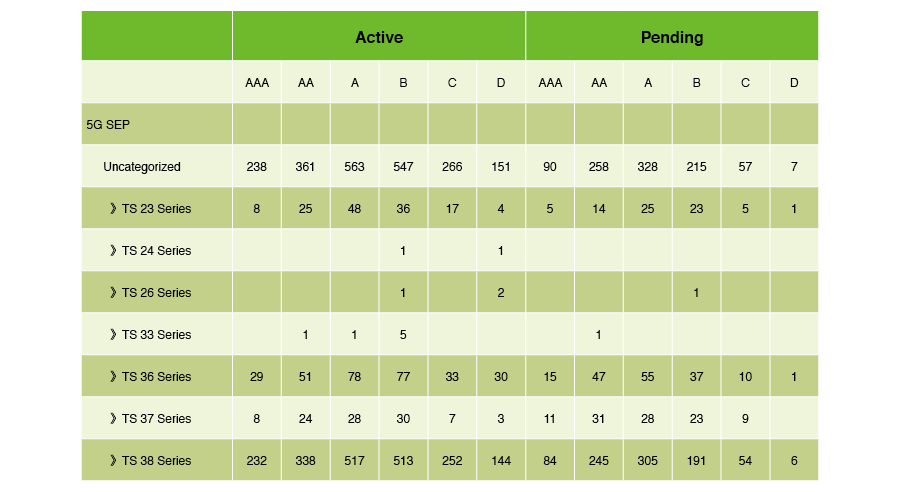
Even though these patents are not confirmed as SEPs but just declared as SEPs, it is still critical to review at least the 3,000 US active and pending patents in order to manage patent risk.
By filtering them with the Patent Quality Ranking, practitioners could focus first on patents that involve prior art that may not be easily used to challenge validity.
In addition, distributing the patent owners according to the Patent Quality Ranking can be a useful indicator in evaluating patent risk.
For example, although the company UNWIRED PLANET INTERNATIONAL (UP) only has 8 US active and pending SEPs related to the TS 38 series, most of them are ranked higher than AA.
By comparing it with ELECTRONICS & TELECOMMUNICATIONS RESEARCH INSTITUTE (ETRI), which basically has no SEPs ranked higher than A, we can gain additional insights in setting up a patent risk strategy for the two companies:
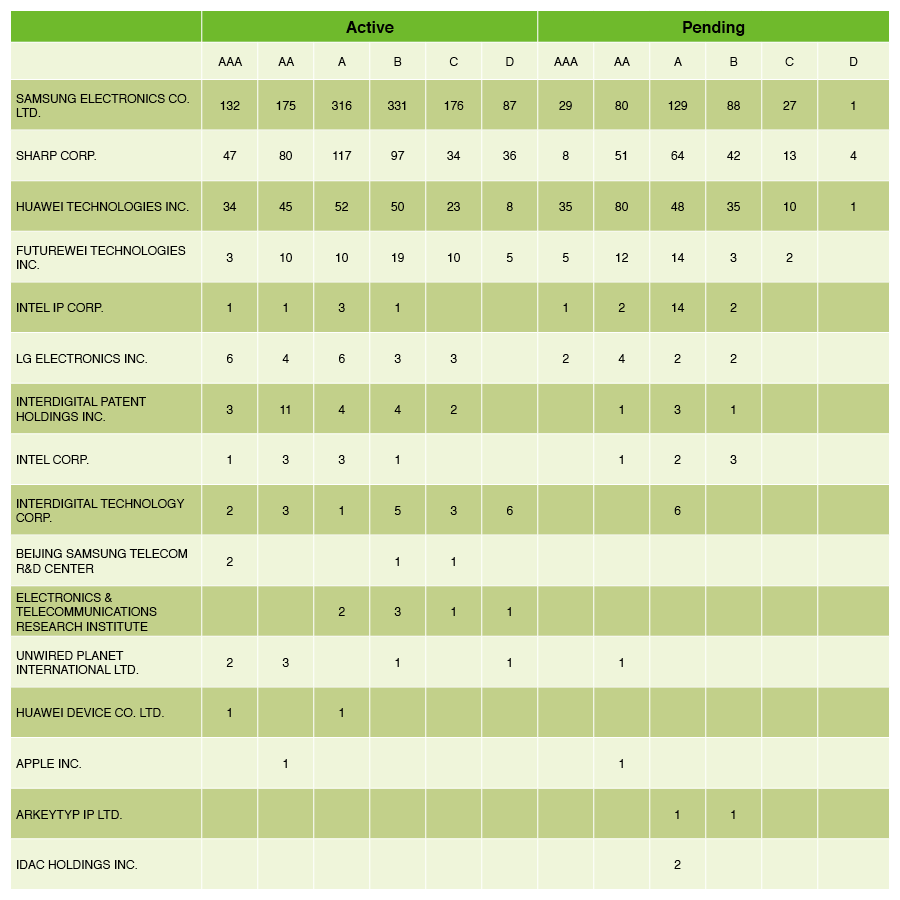
Scenario 6: Patent Quality and Value for Patent Firm Evaluation
For companies investing in new technical fields, it would be acceptable to retain the current patent prosecution, transaction, or litigation agency if its pool of talents meets the company’s requirements.
They may also consider looking for a firm that has personnel with more experience in that specific technical field.
For patent transactions and litigations, there may be technical or subject-matter experts that can complement the lack of experience in a given field.
For patent prosecution, however, it would be better to seek more experienced professionals who are capable of adequately turning inventive ideas into strong patent claims and high-quality patent specifications.
Instead of relying solely on the information provided by the firm, patent data can be a way more objective reference.
For example, for a company trying to enter the 5G NR technology field, it would be simple to find US agencies that deal with 5G NR related SEPs and that may have professional patent attorneys with an extensive background and experience in the technology:
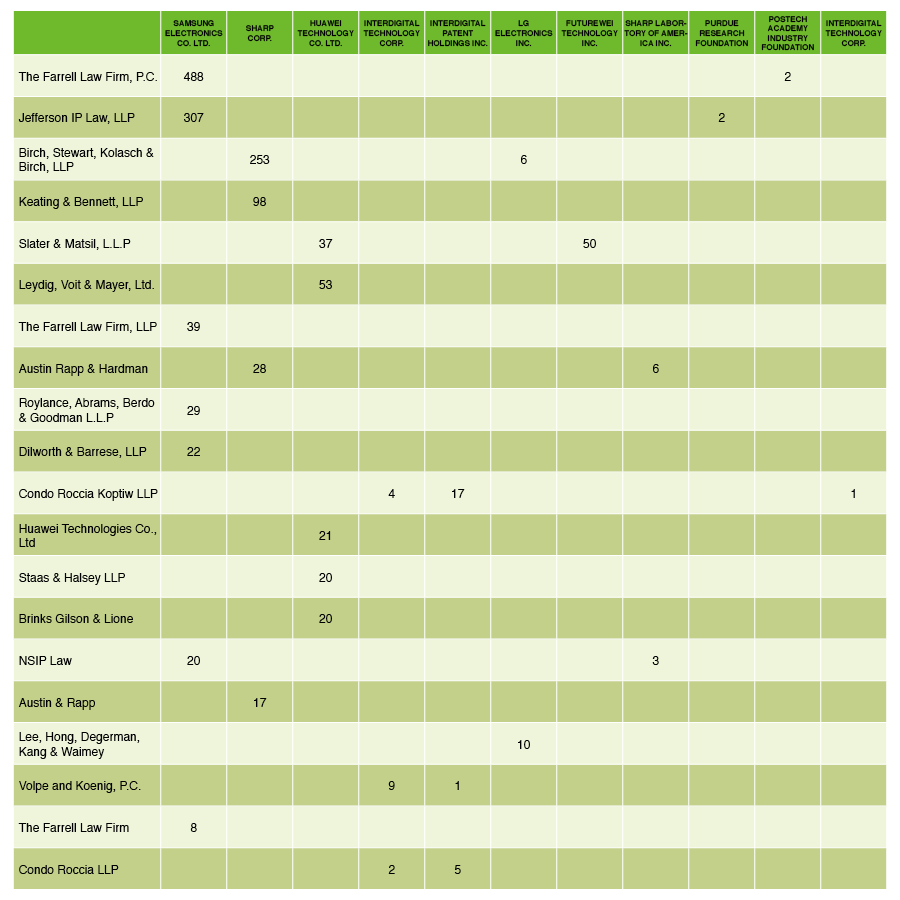
In such a competitive field, conflict of interest may be a more critical consideration than technical background or experience.
By searching for patent applications in similar technology fields (i.e., the same CPC as shown below), we can identify agencies with comparable experience:
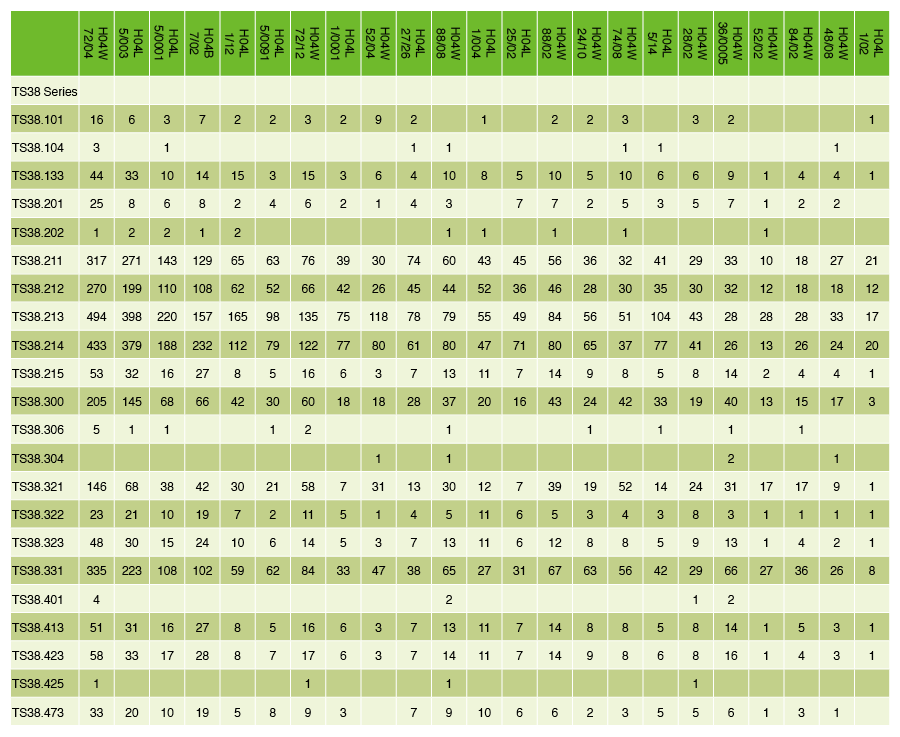
The matrix below shows the US agencies that have experience in the patent prosecution of high-value patents in the 5G NR technology field and that do not have conflict of interest issues with the patent applicants above. This could be a starting point for finding candidates:
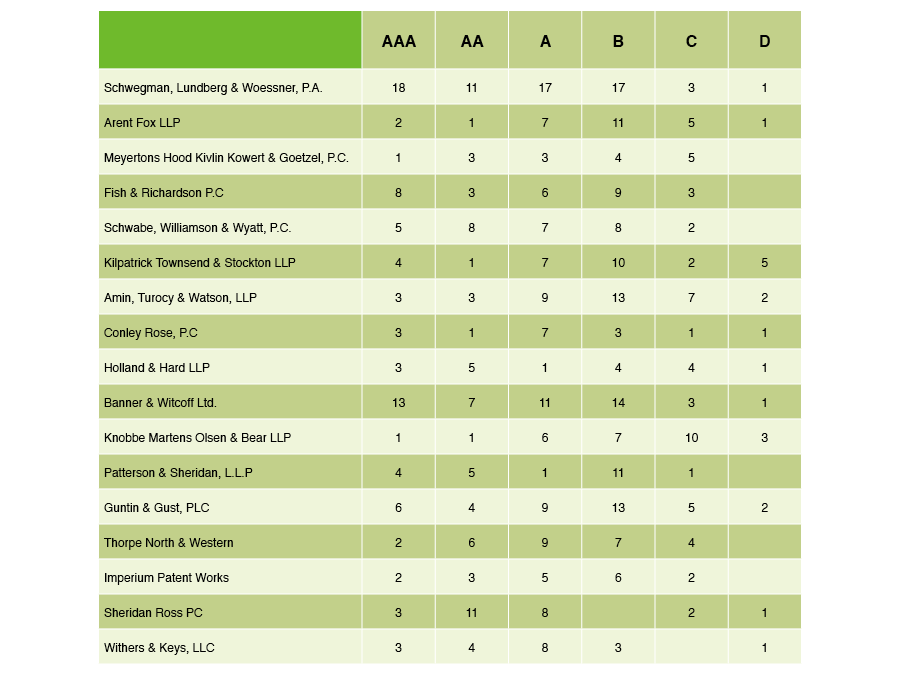
Scenario 7: Patent Quality and Value for Portfolio Assessment
In addition to patent landscaping, the Patent Quality and Value Rankings can also be beneficial in patent portfolio assessment, especially in the case of patent transactions or M&A.
Except for subject-matter expert reviews with regard to the current or future adoption in the industry, the Patent Quality and Value Rankings can provide an instant overview of the portfolio and offer a quick comparison to:
- Other portfolios (competitive benchmarking);
- A whole technical field (for analyzing the positioning of the portfolio itself).
For example, as shown below, while examining 5G declared US active and pending SEPs owned by INTERDIGITAL and its subsidiaries, a pie chart displaying the proportions of the Patent Quality and Value Rankings may give a glimpse into the actual portfolio desirability.
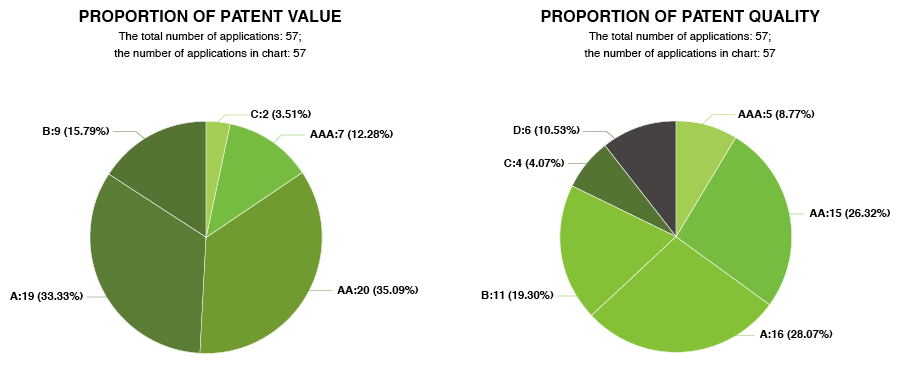
The proportions of INTERDIGITAL may be further compared to the whole 5G declared US active and pending SEPs to see if INTERDIGITAL‘s declared SEPs have higher or lower quality and value.
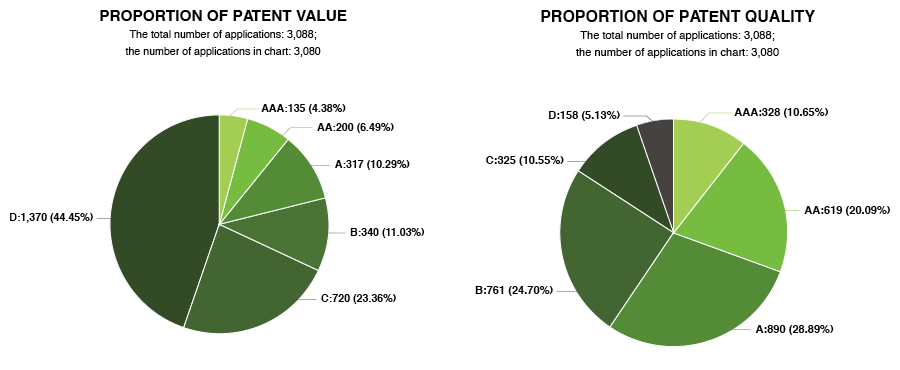
Apparently, INTERDIGITAL‘s declared SEPs have higher patent value. It may not be as obvious, however, whether INTERDIGITAL‘s declared SEPs have higher patent quality than the other declared SEPs or not.
It should be clear by now that the Patent Quality and Value Rankings are an effective tool that patent practitioners can leverage in most of the patent’s life cycle phases.
To check out the other articles in the series, follow the links below:
Download our white paper Patent Quality and Value Rankings to discover how the Patent Quality and Value Rankings work in detail.

